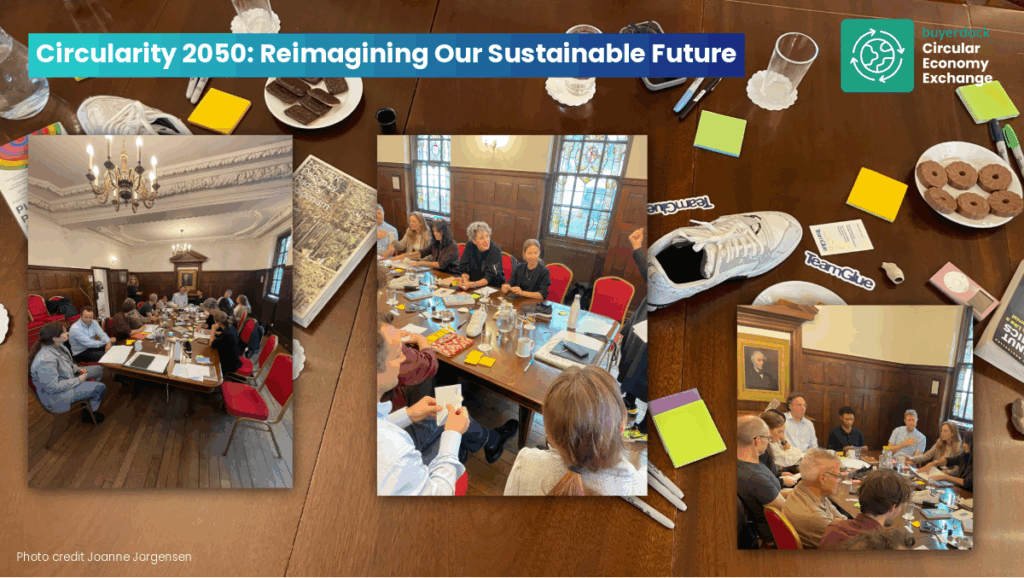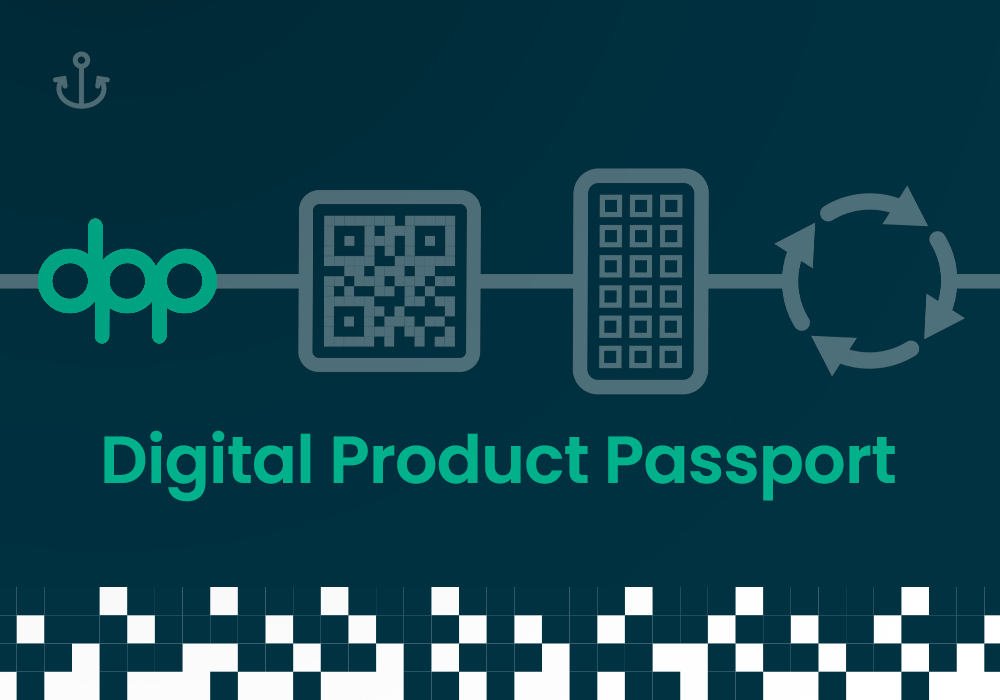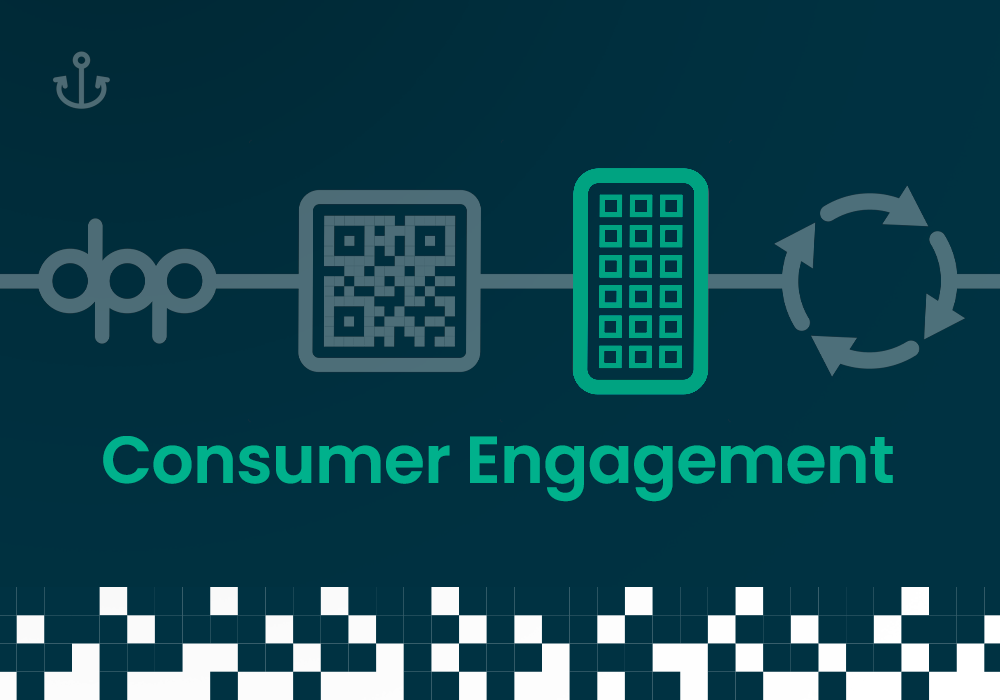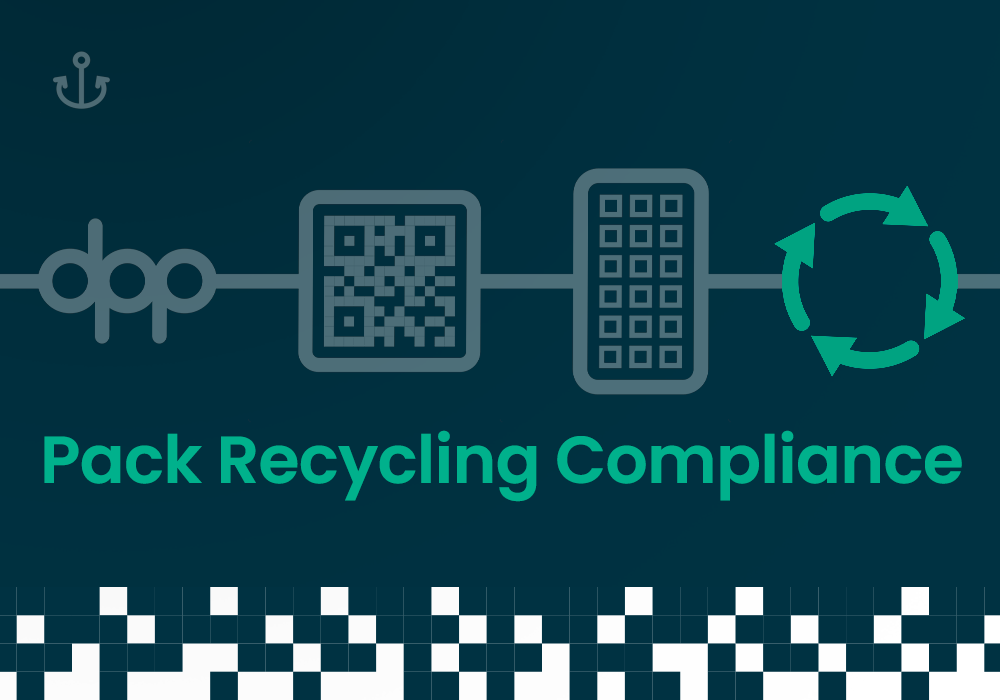Circularity 2050: Reimagining Our Sustainable Future
A New Blueprint for a Truly Circular Economy
Achieving a circular economy by 2050 isn’t about incremental improvement. It’s about transformation.
The Circularity 2050 Roundtable, held at St Anne’s Church in October 2025 and led by Joanne Jorgensen, brought together sustainability pioneers, technologists, and business leaders to explore how we can redesign the systems that shape our world.
Their shared conclusion was clear: true circularity will only happen when we rethink infrastructure, regulation, culture, and technology together.

The Infrastructure Imperative
Circularity cannot rely on good intentions alone. Like seat belt laws that reshaped behaviour through structure, sustainability needs robust systems that make responsible choices effortless.
The roundtable identified three foundations for progress:
• Legislative Frameworks – Clear, mandatory standards that drive accountability.
• Physical Infrastructure – Local collection, sorting, and recycling systems that make circularity practical.
• Cultural Shift – Education and generational change that make sustainability instinctive.
Without these, the gap between consumer values and real action will persist.
Trust, Technology & Transparency
Trust is the currency of the circular economy and technology is how we earn it.
Digital systems such as Digital Product Passports (DPPs) are making transparency measurable. By linking products to verified data about origin, materials, and end-of-life pathways, technology provides the backbone for scalable circular systems.
Key enablers include:
• Authentication Infrastructure – Verifying a product’s origin and composition.
• Supply-Chain Visibility – Integrated data platforms connecting every tier.
• Provenance Transparency – Blockchain and digital identifiers showing full material journeys.
Together, these tools make sustainability auditable and actionable.
Redesigning Product Lifecycles
The roundtable called for a shift from disposable design to durable, modular, and repairable systems.
Future-fit products will:
• Be designed for disassembly and reuse.
• Use materials chosen for performance and recyclability.
• Employ modular construction to extend lifespan.
• Include end-of-life strategies from the start.
Circular design is not just about less waste, it’s about smarter value creation.
The Ownership Revolution
By 2050, ownership will evolve into access and experience.
• Digital asset records will enable secure, traceable product histories.
• Subscription and sharing models will redefine consumption.
• Community systems will foster collective resource use.
The result: fewer products, longer lives, and deeper connection between people and the things they use.
Regulation and Responsibility
Next-generation Extended Producer Responsibility (EPR) frameworks must incentivise design, not disposal.
Effective EPR will:
• Reward circular product innovation.
• Fund convenient collection and reuse networks.
• Prioritise repair and reuse over recycling volume.
The goal is to align economic success with ecological stewardship.
The Rise of AI in Circular Systems
Artificial intelligence is becoming an engine for efficiency in circular design and waste management.
AI can identify materials, guide repairs, and optimise recycling flows.
However, the roundtable warned that strong data governance is essential to prevent centralisation and ensure that these digital tools serve communities first.
Redefining Value: The Triple Bottom Line
Circularity 2050 envisions a new definition of success built on three equal measures:
• Environmental Impact: Regenerative, nature-positive systems.
• Social Values: Equity, wellbeing, and fair labour.
• Sustainable Profitability: Growth aligned with planetary boundaries.
This is profitability with purpose, a foundation for long-term business resilience.
Cultural Transformation: Making Circularity Mainstream
Cultural change is the final catalyst.
• Education in repair and sustainability must start early.
• Influential champions can make circular lifestyles aspirational.
• Community practices — from repair cafés to tool libraries — should become everyday fixtures.
Circularity will only succeed when it feels normal, desirable, and modern.
Collaboration as the Catalyst
The roundtable’s closing message was clear: no organisation can do this alone.
Achieving Circularity 2050 demands cooperation across sectors and generations including policymakers, technologists, retailers, and citizens working in concert.
This multi-stakeholder model will ensure that technological innovation, legislative progress, and cultural adoption move forward together.
Looking Ahead
As Joanne Jorgensen pointed out in the session, getting to Circularity 2050 isn’t about grand gestures — it’s about steady, collective progress. Real change comes from the everyday decisions we make now.
You can now view all the Circular Economy Exchange news and updates via our own web-app.

Next Exchange:
12th of November
Location: St Annes Church [Allen Room 1st floor]
55 Dean Street, London. W1D 6AF
When: Every second Wednesday of the month
Time:
14:00 – 16:00pm
Lead: Dr Erik Jacobi is a Lecturer at Essex Business School and Director of the University’s Neuromarketing Lab. He leads research exploring how consumers think, feel, and make decisions through experimental and neuroscience methods.
Topic: Following the House of Lords event, we’ve been invited to contribute a White Paper on the Digital Product Passport and its impact on the Circular Economy. This month’s Exchange will build on our previous discussions to help shape the direction of future UK legislation before it’s drafted.
Coming? Confirm you will be joining us here.





